Art has the power to transcend time, tell stories, and evoke emotions. Throughout history, numerous works of art have captivated audiences with their beauty and significance. Unfortunately, some masterpieces have fallen victim to acts of vandalism, forever lost to the world. In this article, we will explore ten great works of art that were tragically destroyed by vandals, leaving a void in our cultural heritage.
1. The Last Judgement Mosaic (Hagia Sophia, Istanbul)
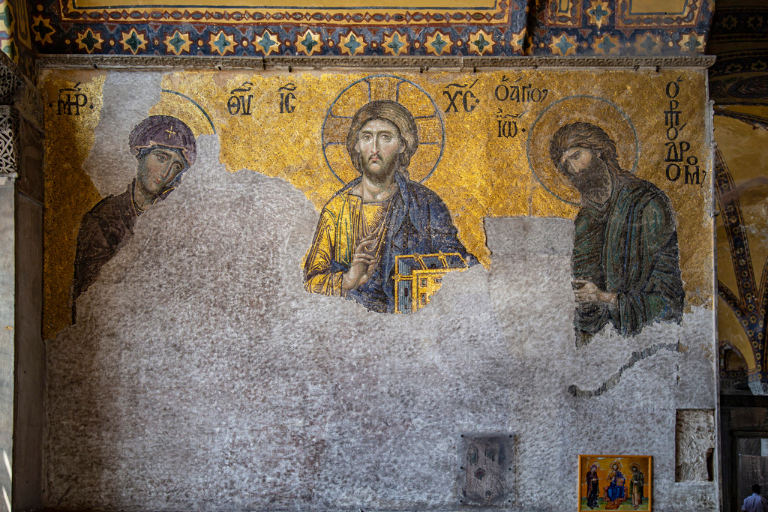
Once adorning the interior of the Hagia Sophia, one of Istanbul’s iconic landmarks, the Last Judgement mosaic was an awe-inspiring representation of biblical scenes. Sadly, during the iconoclastic period of the 8th and 9th centuries, it was targeted by vandals who obliterated the mosaic, erasing a significant piece of Byzantine art.
2. The Buddhas of Bamiyan (Afghanistan)
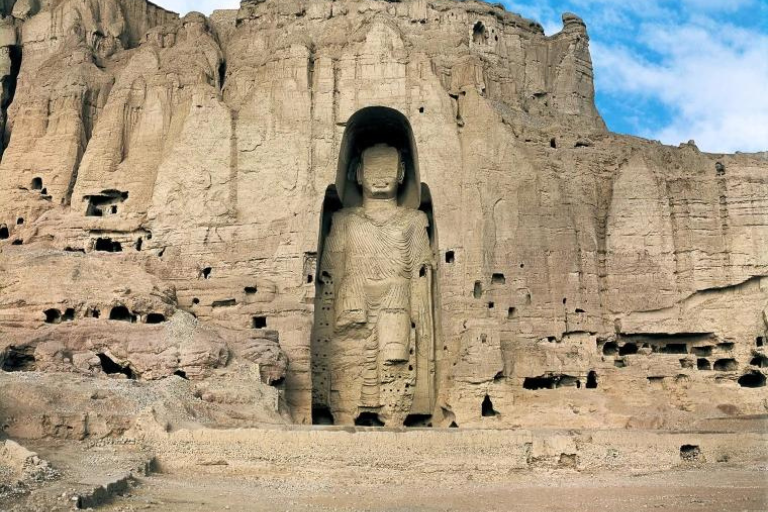
These monumental statues, dating back to the 6th century, stood tall in the Bamiyan Valley, Afghanistan, for centuries. Regrettably, in 2001, the Taliban ordered their destruction, considering them to be idols. This senseless act resulted in the loss of two UNESCO World Heritage sites and an immense blow to Buddhist art and history.
3. The Ishtar Gate (Babylon, Iraq)
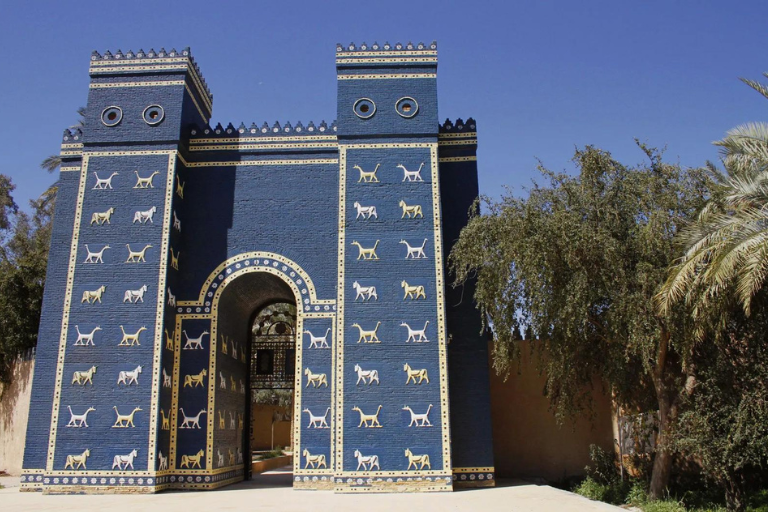
The Ishtar Gate, a grand entrance to the city of Babylon during the reign of King Nebuchadnezzar II, was a symbol of Mesopotamian civilization. Tragically, in 2015, the militant group ISIS bulldozed parts of the ancient site, including this magnificent gate, causing irreparable damage to an invaluable artifact.
4. The Wedding Feast at Cana (Louvre Museum, Paris)
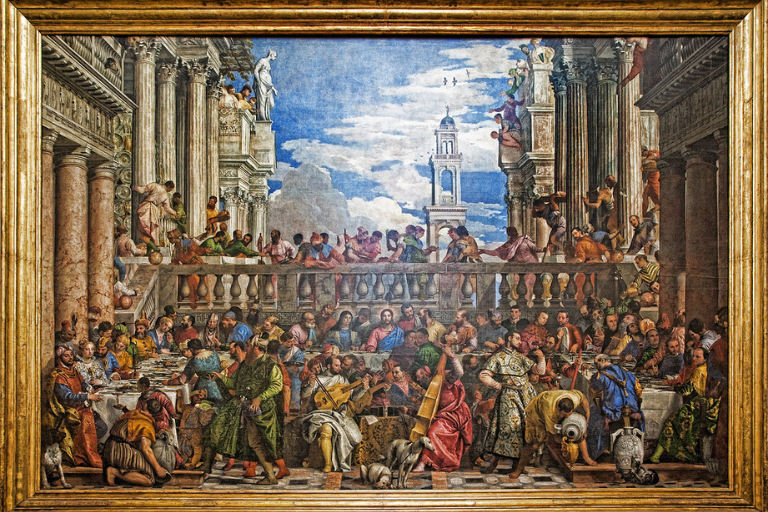
A colossal masterpiece painted by Paolo Veronese, “The Wedding Feast at Cana,” adorned the walls of the refectory in the monastery of San Giorgio Maggiore, Venice. However, in 1797, during the Napoleonic Wars, French soldiers used the painting for target practice, obliterating this grand work of art.
5. The Sarcophagus of Junius Bassus (Rome)
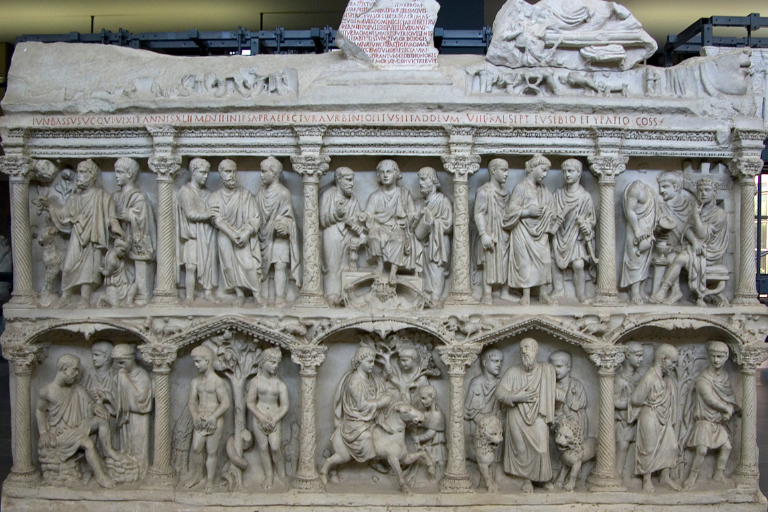
Considered one of the most significant examples of early Christian sculpture, the Sarcophagus of Junius Bassus depicted scenes from the Bible. Sadly, it fell prey to vandalism during the sack of Rome in 410 AD, when the city was invaded by the Visigoths, resulting in the destruction of many priceless treasures.
6. The Great Sphinx of Giza (Egypt)
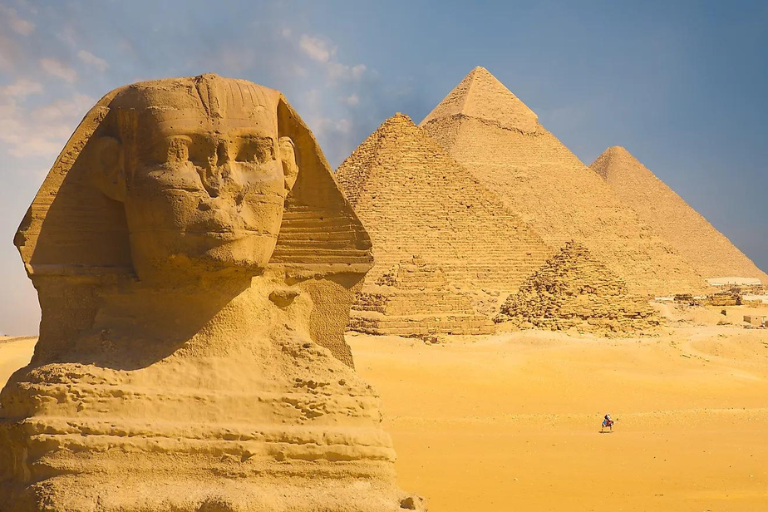
While the Great Sphinx of Giza still stands proudly today, it has not been immune to acts of vandalism throughout history. Over the centuries, vandals defaced the iconic monument by chiseling away pieces of its nose and beard, diminishing the Sphinx’s original majesty.
7. The Winged Victory of Samothrace (Louvre Museum, Paris)
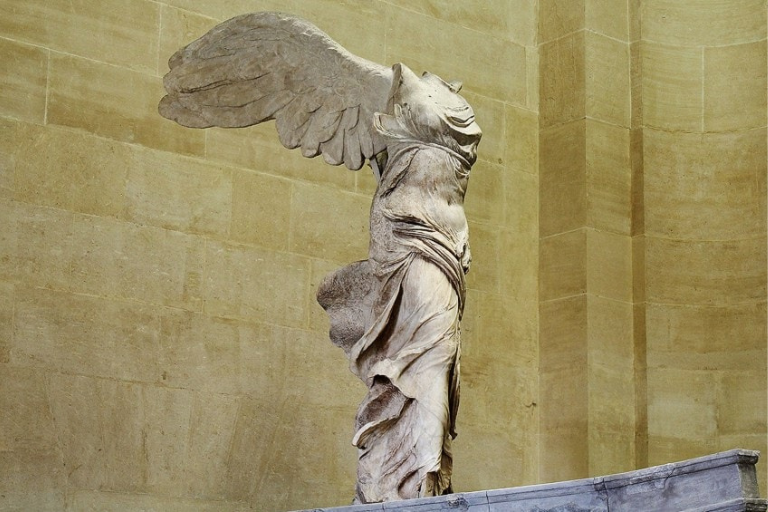
An iconic Hellenistic sculpture, the Winged Victory of Samothrace, once displayed the triumph of Nike, the Greek goddess of victory. Unfortunately, during World War II, the Louvre Museum, where the sculpture was housed, suffered damage due to bombings, and the statue itself was shattered in the process.
8. The Altar of Zeus (Pergamon Museum, Berlin)
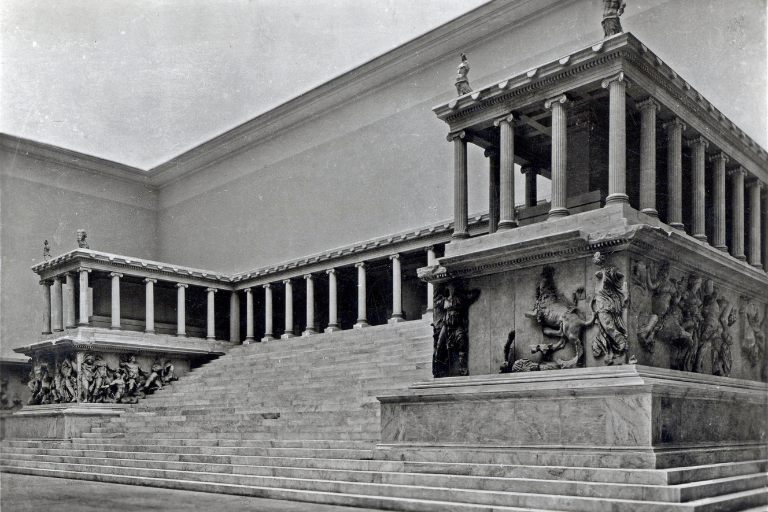
The Altar of Zeus, a colossal structure dedicated to the Greek god, stood in the ancient city of Pergamon. Sadly, in the 19th century, German archaeologist Carl Humann oversaw its excavation, but during the process, significant portions were dismantled and transported to Berlin, where it remains today in the Pergamon Museum.
9. The Temple of Baalshamin (Palmyra, Syria)
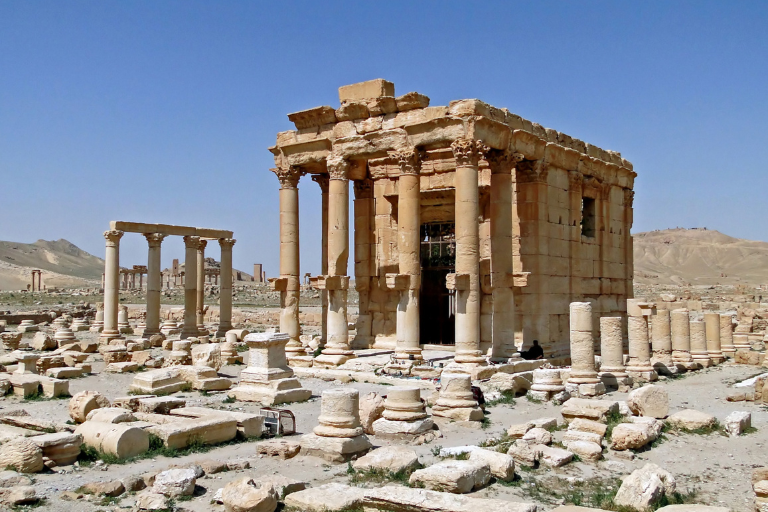
Palmyra, a UNESCO World Heritage site, was once home to magnificent ancient structures, including the Temple of Baalshamin. Devastatingly, during the Syrian Civil War, the temple was targeted by ISIS militants in 2015, resulting in its destruction and the loss of an architectural wonder.
10. The Public Art Murals (Various Locations)
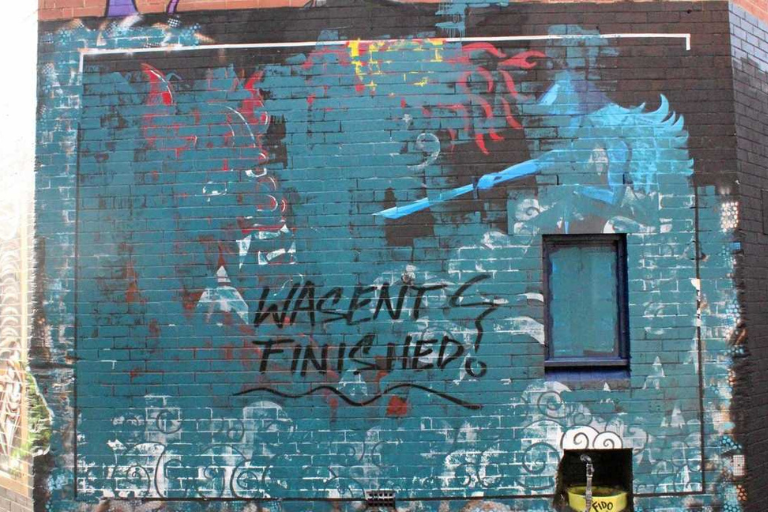
In recent times, public art murals created by talented artists worldwide have faced vandalism. These vibrant and thought-provoking works, intended to beautify cities and ignite conversations, have been defaced or destroyed by vandals who disregard their



GIPHY App Key not set. Please check settings